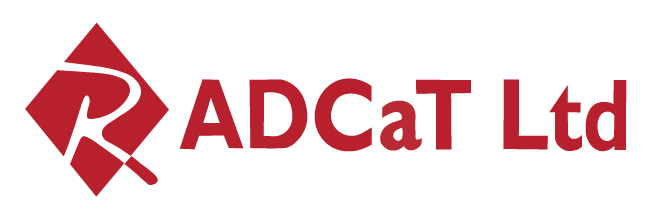Health and Safety Audits are vital for protecting your employees, meeting legal requirements, and maintaining a productive workplace. These audits help you identify potential risks before they become serious problems. They also demonstrate your commitment to safety — something that builds trust with staff, clients, and regulators.
In this blog, we explain why regular audits are important and share a practical checklist to guide you through the process. Whether you manage a small office, a busy school, or a large industrial site, these steps will help you keep your workplace safe and compliant.
Why Health and Safety Audits Matter
Regular audits are about more than ticking boxes. They give you a clear picture of how well your safety procedures are working in practice. Even if you have policies in place, hazards can develop over time. Without regular checks, these issues can go unnoticed.
Audits can also help you:
- Stay compliant with UK health and safety laws.
- Reduce the risk of accidents and injuries.
- Lower costs linked to insurance claims and downtime.
- Improve staff morale and productivity.
The Health and Safety Executive (HSE) advises that proactive monitoring, like audits, is one of the best ways to prevent accidents and ensure your systems work effectively. You can read more on their workplace inspections guidance.
How Often Should You Audit?
The frequency of audits depends on your industry, workplace size, and level of risk. High-risk environments such as factories or construction sites may need quarterly audits, while lower-risk offices might only need one or two per year.
You should also carry out an audit after significant changes, such as new equipment, processes, or staff restructuring. This ensures your safety measures remain relevant and effective.
Health and Safety Audit Checklist
Review Existing Policies and Procedures
Start by reviewing your written health and safety policies. Are they up to date? Do they reflect current legislation and workplace practices? Outdated documents can lead to gaps in compliance. Make sure all employees know where to find these policies and understand their responsibilities.
Inspect the Physical Environment
Walk through the entire workplace, looking for hazards. Check floors for spills or damage, ensure lighting is adequate, and confirm that emergency exits are clear. Pay attention to storage areas, stairways, and high-traffic zones.
For schools or public buildings, look at playgrounds, corridors, and communal areas where slips or trips could occur.
Assess Equipment and Machinery
Inspect all machinery, tools, and equipment. Are they in good working order? Is regular maintenance being carried out? Poorly maintained equipment is a major cause of workplace accidents.
Check safety guards, warning signs, and that all users have received proper training. Remove or repair any unsafe equipment immediately.
Review Hazardous Substances Handling
If your workplace uses chemicals or other hazardous materials, check that they are stored correctly and labelled clearly. Safety data sheets should be up to date and accessible. Ensure staff have the right PPE and understand how to handle substances safely in line with COSHH regulations.
Check Fire Safety Measures
Test alarms, smoke detectors, and emergency lighting. Make sure fire extinguishers are in place, inspected, and staff know how to use them. Fire exits must be clear at all times. If you haven’t held a fire drill recently, schedule one.
Evaluate Manual Handling Practices
Observe how staff lift, carry, or move items. Unsafe manual handling is a leading cause of injury. Provide refresher training where necessary and ensure lifting aids are available and in good condition.
Consider Mental Health and Wellbeing
Audits shouldn’t focus only on physical safety. Assess whether workloads are reasonable, staff have access to breaks, and support is available for those experiencing stress. A healthy workplace is one where both physical and mental wellbeing are priorities.
Review Training Records
Check that all staff have received appropriate health and safety training for their roles. Keep records of induction sessions, refresher courses, and specialist training such as first aid or fire marshal duties.
Verify Incident Reporting Procedures
Accidents and near misses must be recorded and investigated. Check that your reporting process is easy to follow and that lessons learned are used to improve safety.
Taking Action After the Audit
An audit is only useful if you act on the findings. Create an action plan prioritising the most urgent issues first. Assign responsibility for each action and set deadlines for completion.
Share the results with your team so everyone understands what needs to change. This builds transparency and encourages a culture where safety is everyone’s responsibility.
Why Work with a Professional Health and Safety Consultant?
While internal audits are valuable, bringing in a professional consultant offers an objective view and specialist expertise. They can identify risks you might overlook and ensure your procedures meet the latest legal requirements.
At RADCaT, we provide tailored health and safety audit services for businesses, schools, and organisations. Our consultants work with you to develop practical solutions that keep your workplace safe and compliant.
Building a Safer Workplace Through Regular Audits
Regular Health and Safety Audits keep your workplace running smoothly and protect the people who make it successful. They are an investment in your staff, your reputation, and your long-term success.
By following the checklist above, addressing issues promptly, and involving employees in the process, you can create a workplace where safety is part of everyday culture.
Ready to book your next Health and Safety Audit? Contact RADCaT today and let our experts guide you through the process, giving you peace of mind and a safer, more compliant workplace.
